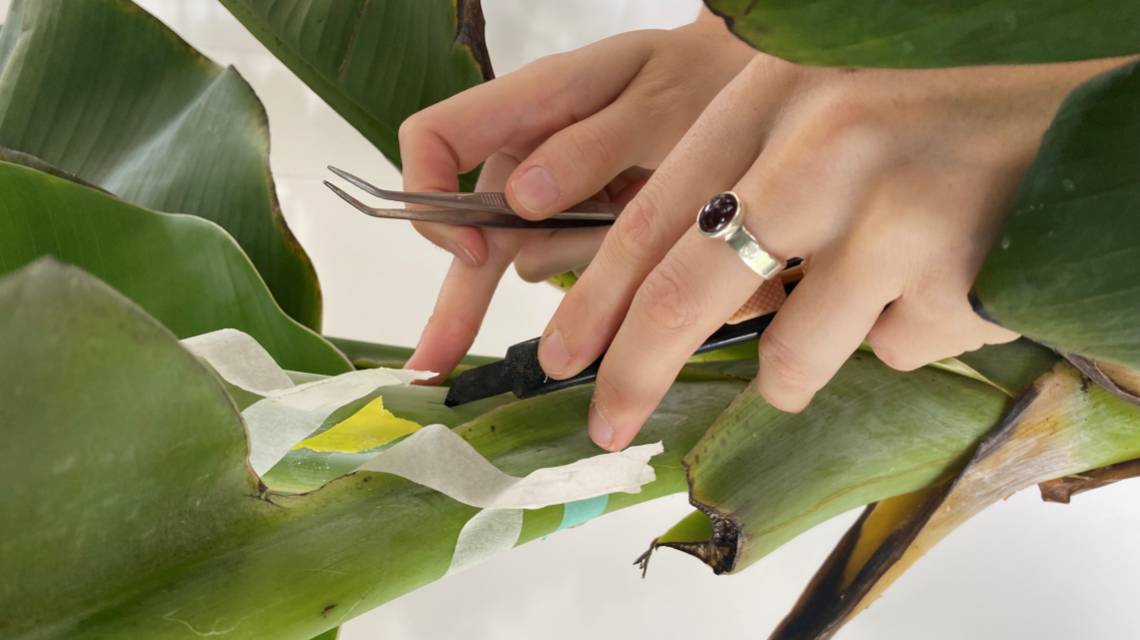Whether you like your bananas slightly green or spotted, they are mostly grown in the tropics and subtropics where plants require a warm, humid climate to thrive. This is how they produce the yield that feeds the world. However, due to changing rainfall patterns and rising temperatures, bananas along with other plants suffer more and more from drought stress – a shortage of water in the root of the plant, leading to reduced harvests.
A study published this month by scientists at the IAEA and the Food and Agriculture Organization of the United Nations (FAO) as well as colleagues from Austrian and Belgian universities, highlights approaches developed using nuclear techniques for spotting and assessing drought stress in banana plants in Arusha, Tanzania. The methodologies focus on identifying the extent of the stress, which is crucial because it enables farmers to take preventive and protective action.
“The aim of this research was to shed some light onto this underexplored tropical perennial crop,” said Gerd Dercon, Head of the Soil and Water Management and Crop Nutrition Laboratory at the Joint FAO/IAEA Centre of Nuclear Techniques in Food and Agriculture. “With perennial crops, like bananas, that grow over several years, the use of the stable isotope techniques has not been sufficiently and properly developed, making this study one of the first to provide practical tools, even for farmers, not only for scientists.”







